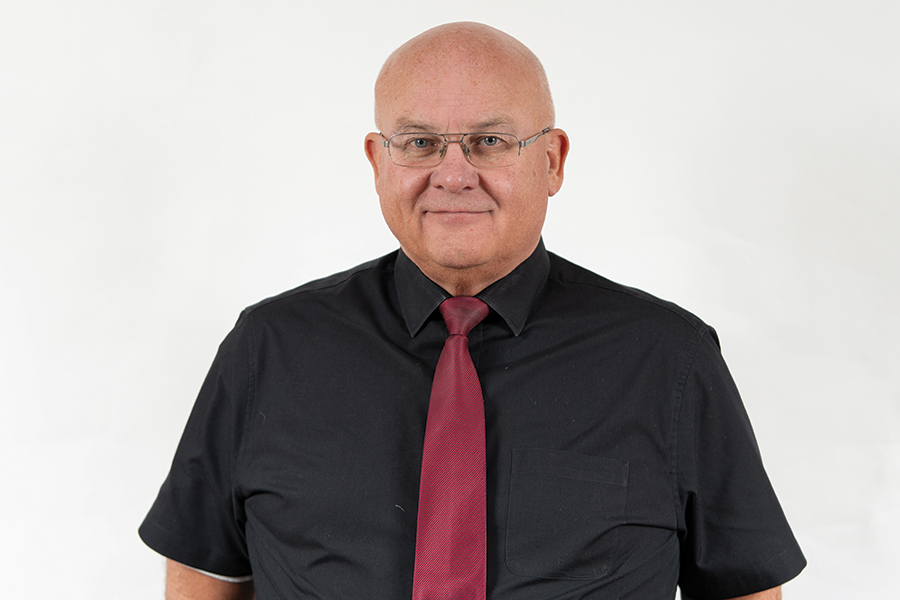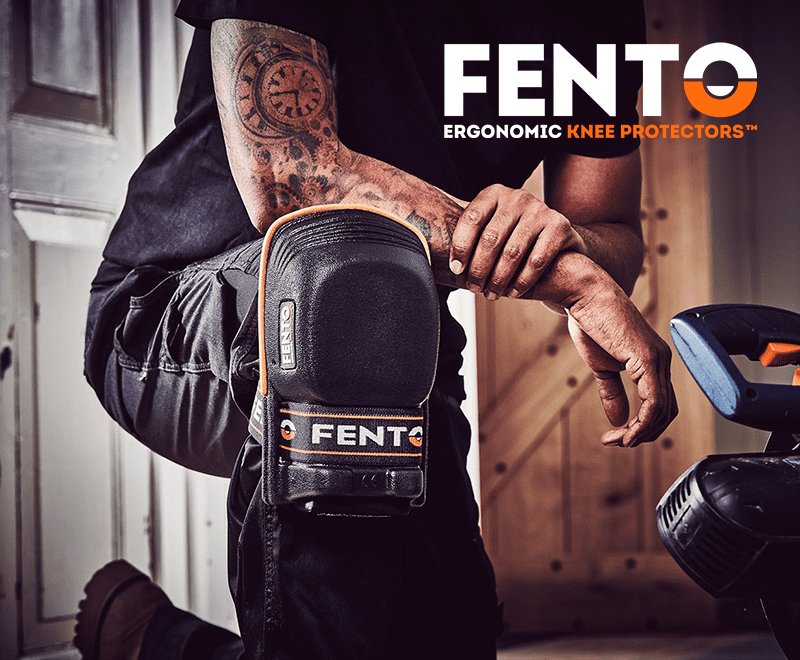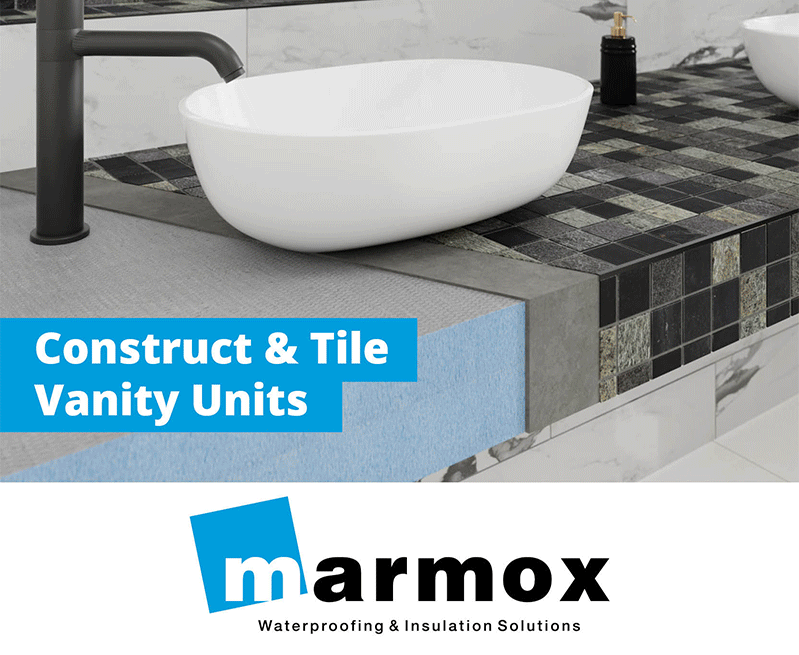In the second of his columns for TSJ, Jim Percival, technical director at Palace Chemicals, looks at how anhydrite screeds have grown within the screeds sector, why they are popular and also at how to deal with some of the problems they create.
While traditional sand:cement screeds still account for the majority of the screed market, flowing anhydrite (gypsum) screeds, which were originally introduced about 35 years ago, now account for perhaps around 20%. This is not as large a proportion as some in the early days of their use thought they would account for – in some European countries their market presence is three or four times greater. The reason for this is probably due to factors such as the extended drying times they require, (due to UK climatic conditions) and also the inherent incompatibility that exists when anhydrite screeds come into contact with cement-based adhesives.
Anhydrite levelling screeds are based on a calcium sulphate binder and should never be used when directly overlaying with ceramic tiles or mosaics fixed with cementitious adhesives.
They should first be fully dried to 75%RH (0.5% w/w carbide test); abraded to remove laitance and efflorescence and then completely sealed with an effective and proven primer, so as to prevent the adhesive from coming into direct contact with the calcium sulphate in the levelling screed, which is likely to result in the formation of “ettringite” expansive salts at this interface.
So why use them? They do offer a number of benefits over sand:cement screeds. The main advantage is that they can be laid more quickly and easily as they can be more readily pumped and are more cost effective, especially for larger areas. They can be manufactured from industrial by-products and so provide an environmentally friendly “low carbon” alternative to conventional cement screeds.
They also cure with minimal shrinkage, which makes them especially suitable for deep-bed applications where they are used with underfloor heating systems and can fully encapsulate all pipework. Up to 2,000sqm of anhydrite screed can be laid in a single day – compared to 100-150sqm which is the maximum possible with conventional sand:cement screeds, making them particularly suitable for use on large commercial contracts.
However, to achieve the required maximum relative humidity of 75% (or 0.5% w/w) prior to tiling, the relevant British Standard (BS8204-7:2003) states that the minimum required drying time for anhydrite screeds is one day for each mm of thickness for the first 40 mm, plus a further two days for each mm over 40 mm thickness. It is reasonable to expect a screed over 50 mm thick, drying under room temperature conditions (at 20°C < 65% RH) to be sufficiently dry within about two months and be ready to receive a tiled finish, subject to primer and sealer recommendations.
Failure to follow these recommendations and tiling before the screed is sufficiently dry may result in adhesion failure at the screed/adhesive interface.
Whilst there is a range of effective priming and sealing products that can form an effective barrier between anhydrite floor screeds and over-laid cement-based products, they still require the full drying period referred to above to reach the requirement of a 75% RH moisture reading in the anhydrite screed base.
The speed of drying can be improved by increasing the ventilation in the room or by using a temporary external heat source, such as a space heater, which are even more effective when combined with the use of industrial dehumidifiers to physically reduce the level of water vapour in the room and hence promote drying of the anhydrite floor screed. Finally, where sub-floor heating is installed, it can help to gradually activate this incrementally after just 7 days to further purge moisture from within the screed.
Regular monitoring of the effectiveness of the drying process is advised by conducting regular tests of the floor’s moisture content, either using a surface hygrometer (testing relative humidity to a target of 75% RH) or a carbide bomb mechanism (the target being 0.5% water by weight), to determine when the moisture target has been reached and the next layer can be applied.
A further issue with anhydrite floor screeds as they dry out is the appearance of surface laitance, a dusty friable deposit which should be cleaned and removed from the surface by light abrasion using a suitable sanding machine as soon as seven days after being laid, as this can assist the drying process. Remove any excess dust this creates with a vacuum cleaner and when the target moisture content has been reached, the surface must be abraded and scarified again to remove laitance and any surface contamination before preparing for a tiled or decorative finish.
When the anhydrite floor is dry and the surface prepared as above, the application of a “primer sealer” coat is a final and essential step before tiling over with a cement-based adhesive. The application of two coats of SBR (or acrylic) based tiler’s primer 4
is needed, the first being diluted one to one with water and the second coat applied neat.
This method has been proven to be an effective way of creating an impermeable boundary between the anhydrite screed and the cement-based adhesive which prevents the risk of any adverse reaction between the two materials which may result in the creation of ettringite, an expansive salt which can lift tiles from the anhydrite surface if the primer sealer barrier has not been effectively applied.
Other barrier coatings are also available, including liquid waterproof membrane systems and matting laid over the anhydrite screed and all are effective in preventing contact between cement and the gypsum-based anhydrite sub-floor.
More complex surface sealing systems such as Palace Pro-Gyp Base now offer a 4-component solution, where two coats of epoxy primer are applied and over-coated with a moisture suppressant coating and finally an aggregated sealing top-coat, all of which combine to create an impermeable barrier, which is effective where the moisture content of the anhydrite screed is significantly higher than the traditional 75% RH target, (up to 95% RH after 7 days!) allowing for earlier application of tiled finishes fixed with cement based adhesives.
www.palacechemicals.co.uk








